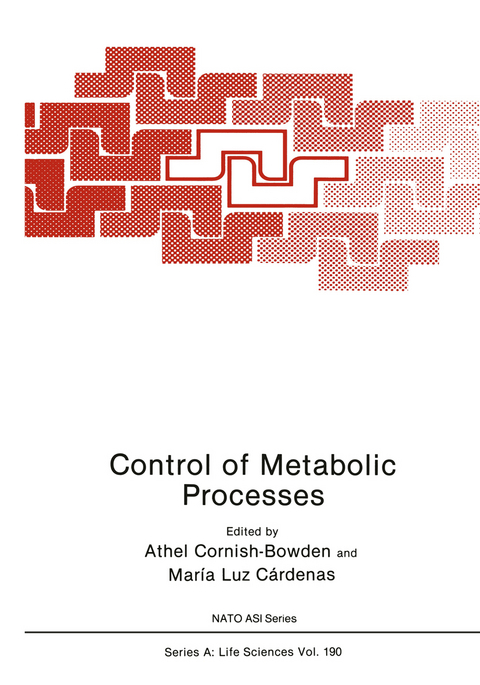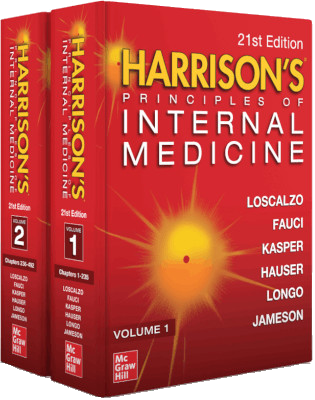
Control of Metabolic Processes
Kluwer Academic/Plenum Publishers (Verlag)
978-0-306-43582-9 (ISBN)
Prologue.- What should a Theory of Metabolic Control offer to the Experimenter?.- I. General Aspects of Control Theory.- 1. The Nature and Role of Theory in Metabolic Control.- 2. History and Original Thoughts on the Control Theoretic Approach.- 3. Control Analysis: a Theory that Works.- 4. Biochemical Systems Theory: Alternative Views of Metabolic Control.- 5. Comparison of Accuracy of Alternative Models for Biochemical Pathways.- 6. Modern Control Theories: a Consumers’ Test.- II. Mathematical Aspects of Control Analysis.- 7. The Structural Approach to Metabolic Control Analysis: I. Theoretical Aspects.- 8. The Structural Approach to Metabolic Control Analysis: II. Geometrical Aspects.- 9. Control Coefficients and the Matrix Method.- 10. Performance Indices in Metabolic Systems: A Criterion for Evaluating Effectiveness in Metabolic Regulation.- 11. Practical Determination of Control Coefficients in Metabolic Pathways.- III. Interconvertible Enzymes in Metabolic Control.- 12. Zero-Order Ultrasensitivity in Interconvertible Enzyme Systems.- 13. Metabolic Control by the Cyclic Cascade Mechanism: a Study of E. coli Glutamine Synthetase.- 14. Properties Needed for the Enzymes of an Interconvertible Cascade to Generate a Highly Sensitive Response.- 15. Regulation of Muscle Glycogenolysis.- IV. Methods of Applying Control Analysis to Real Systems.- 16. Methodology for Simulation of Metabolic Pathways and Calculation of Control Coefficients.- 17. Regulatory Responses and Control Analysis: Assessment of the Relative Importance of Internal Effectors.- 18. Determination of Control Coefficients by Shortening and Enzyme Titration of Metabolic Pathways.- 19. Control-Pattern Analysis of Metabolic Systems.- V. Channelling of Intermediates and the Time Domain.- 20. Control Analysisof Systems with Enzyme-Enzyme Interactions.- 21. Coupled Reactions and Channelling: their Role in the Control of Metabolism.- 22. Channelling and Channel Efficiency: Theory and Analytical Implications.- 23. Temporal Analysis of the Transition between Steady States.- 24. Sensing of Chemical Signals by Enzymes.- 25. Temporal Aspects of the Control of Metabolic Processes.- 26. Control of Metabolic Oscillations: Unpredictability, Critical Slowing Down, Optimal Stability and Hysteresis.- VI. Experimental Examples.- 27. A New Method for Estimating Enzyme Activity and Control Coefficients in vivo.- 28. Metabolic Control Analysis: Principles and Application to the Erythrocyte.- 29. Constraints in the Application of Control Analysis to the Study of Metabolism in Hepatocytes.- 30. Application of Metabolic Control Analysis to Photosynthesis: the Problem of Getting Data for an Impressive Algorithm.- 31. Application of Control Analysis to Photosynthetic Sucrose Synthesis.- 32. Application of Control Analysis to the Study of Amino Acid Metabolism.- 33. Flux Control Coefficients of Glycinamide Ribonucleotide Transformylase for de novo Purine Biosynthesis.- 34. Molecular Adaptation in the Lactose Operon.- 35. On the Control of Gene Expression.- 36. An Experimentalist’s View of Control Analysis.- Appendix A: Epilogue (H. KACSER).- Appendix B: Computer Programs for Modelling Metabolic Systems.- Contributors.
| Erscheint lt. Verlag | 31.8.1990 |
|---|---|
| Reihe/Serie | Nato Science Series: A ; 190 |
| Zusatzinfo | XIV, 454 p. |
| Verlagsort | New York |
| Sprache | englisch |
| Maße | 178 x 254 mm |
| Themenwelt | Medizinische Fachgebiete ► Innere Medizin ► Diabetologie |
| Medizinische Fachgebiete ► Innere Medizin ► Endokrinologie | |
| Studium ► 2. Studienabschnitt (Klinik) ► Humangenetik | |
| Naturwissenschaften ► Biologie ► Biochemie | |
| ISBN-10 | 0-306-43582-9 / 0306435829 |
| ISBN-13 | 978-0-306-43582-9 / 9780306435829 |
| Zustand | Neuware |
| Haben Sie eine Frage zum Produkt? |
aus dem Bereich


